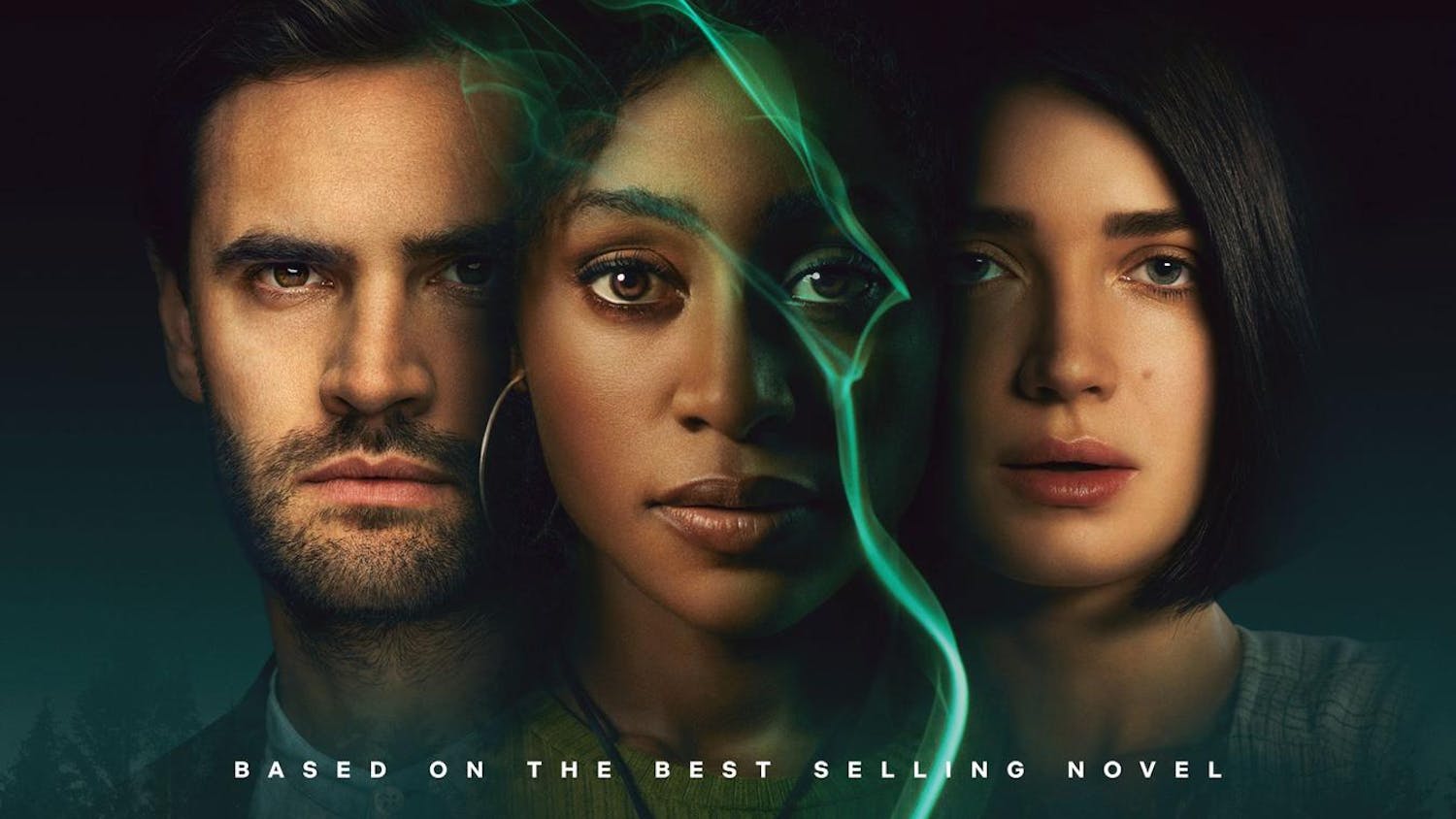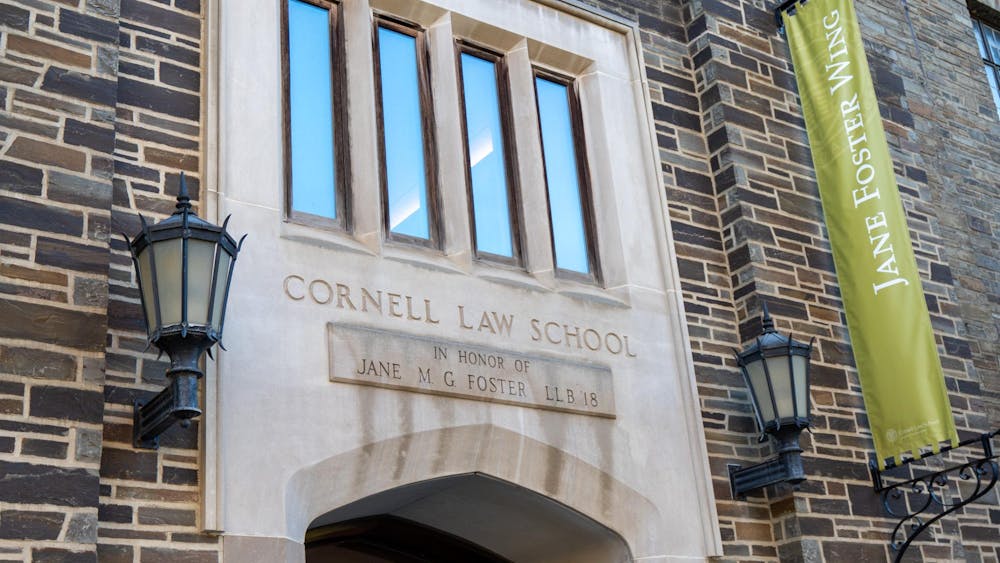As I sat there on stage alongside five other cellists with my bow poised to begin our first official concert, my mind was not just on the notes on the page. I remembered the countless hours spent in Lincoln Hall squeezing six cellos into one room, stumbling over tricky passages and laughing over our musical faux pas. We hoped we could create something uniting, a resonance that sounds impromptu despite its careful calculation. While during those rehearsals I knew we would eventually make it to the concert day, I had never thought that the journey would be so rewarding, insightful and demanding.
Resurrected this year after its last performance pre-COVID in March 2019, the Cornell Cello Ensemble is a chamber group of Cornell students of various academic backgrounds all united by one attribute — a deep love for the cello. In one of my weekly lessons with my cello Prof. John Haines-Eitzen, the topic of an all-cello group came up. He described this quasi-legendary ensemble of past student-cellists at Cornell that produced an unparalleled sound, one he proudly coached. When he shared that he was looking to facilitate this sound once more, I jumped at the chance to be part of the creation of a new group, despite Prof. Haines-Eitzen’s high standards. In hopes of finding members who shared this goal, I pitched the idea in orchestra, at studio classes and among other musical friends. Eventually, the group was set — six cellists who shared a desire to create community through an unconventional chamber group. To communicate their love for music and the versatility of the cello outside of practice rooms, studio classes or orchestra concerts.
Starting in February, we committed to rehearsals on Sunday nights from 7 to 9 p.m. in Lincoln Hall, the only time six cellists with wildly diverse interests could reliably meet every week. In all honesty, rehearsals started off rocky. While the group instantly clicked socially, our musical bond took more time to settle in. Once the notes were learned, we couldn’t get a sound that met our expectations — it was good, but not great. Our chamber coach explained it very simply, blending sonorities of the same instrument is especially difficult because every cello has a naturally different resonance. He pointed out that some of our instruments are instantly focused, while others have a foggier sound. Even if we played in the same exact way with identical technique, we could not get an identical, or even blended, sound. It was a challenge attempting to match up the frequent two-cello solos in our six-cello arrangement of Béla Bartók’s famous “Romanian Folk Dances.” After numerous sonority experiments that included members swapping endpins and one soloist leading while the other follows, we eventually came to the conclusion that, for many of these solos, one cellist should play focused while the other should alter their bowing technique to create a “rounder” sound.
Experimentation of this kind was an integral part of our rehearsals, especially for our cover of Queen’s “Bohemian Rhapsody.” We knew when we started rehearsing that we wanted to play eccentric arrangements, not limiting ourselves to classical repertoire, and our coach was incredibly excited when I brought a cello quartet arrangement of this classic rock song to one of our rehearsals. As we began to learn the piece, our rendition did not resemble the lyrical strength of Freddie Mercury. Instead, the cello ensemble had fallen victim to sounding like “Muzak,” or retail store/elevator music. Haines-Eitzen explained to us that this was common for an ensemble of our genre; the cello doesn’t have the same punch as the human voice or the same focus as an electric guitar. To remedy this, we focused on articulating each note more clearly, while still preserving the spontaneity of the music — making it feel as though it was made up on the spot, created by a shared passion.
Lessons like these that were learned in rehearsal paid off in the end. On Friday, May 2 we took to the stage and put on our own concert. A closed performance, we celebrated months of Sunday nights alongside friends, with a dinner reception uniquely preceding the concert. Although the affair was incredibly informal and short — included only two pieces that totaled to around fifteen minutes — it was packed with meaning. As the last chord of the first movement of the Bartók rang out in the chapel, I knew that we had made something bigger than just an end-of-semester concert. We had made something worth listening to, something that will continue past this semester and maybe even live up to the history of Cornell’s last cello ensemble. When the concert came to a close, surrounded by friends onstage and in the audience, my anticipation for next year grew. What we built over these past couple months was a foundation, one that will support what I hope to be a tradition that long outlives our time at Cornell.
Hazel Tjaden is a freshman in the College of Arts and Sciences. She can be reached at hlt43@cornell.edu.











